How Core Web Vitals CMS rankings shift platform economics for marketers
The July Core Web Vitals Technology Report raises a practical question: does it change how marketers choose and operate CMS platforms - and where does it move money, effort, and risk? The short answer: hosted, controlled platforms deliver a much higher share of "good" Core Web Vitals than open-source stacks, especially WordPress. For marketers, this gap is less about direct ranking power and more about paid efficiency, conversion stability, and the cost and time required to achieve acceptable UX at scale. The decision is not "which CMS ranks" but "which stack gets you to fast, stable pages with the least ongoing drag."
Key Takeaways
- Hosted platforms currently buy you speed: Duda at 84.96% "good CWV" vs. WordPress at 44.34% implies far fewer engineering hours to reach and maintain fast pages. So what: if time-to-impact matters, hosted stacks get you acceptable speed faster.
- SEO is not the reason to replatform - paid and CRO are: WordPress can rank well, but weaker field performance raises paid media costs via landing experience and depresses conversion. So what: prioritize CWV for its effect on CPC, ROAS, and revenue per session, not to chase rankings alone.
- For WordPress, variance is the enemy: plugin sprawl, theme inconsistency, and third-party scripts create a long tail of failing pages. So what: standardize templates, govern scripts, and lift the origin-level pass rate - this beats piecemeal tweaks to individual pages.
- The gap is structural, not a blip: single codebases, enforced optimizations, and CDN defaults in hosted CMSs produce consistently higher pass rates. So what: expect the delta to persist and plan budgets and timelines accordingly.
Situation Snapshot
The trigger is the July update of the Core Web Vitals Technology Report (HTTPArchive and CrUX), which ranks major CMSs by the share of sites passing Core Web Vitals. See the official dashboard in the Technology Comparison Report.
- July ranking by "good CWV" share: Duda 84.96%, Wix 73.37%, Squarespace 68.93%, Drupal 60.54%, Joomla 54.78%, WordPress 44.34%.
- Month-over-month change: Joomla +3.23%, Wix +2.61% (elsewhere cited as +2.51%), Drupal +1.47%, Duda +1.33%, Squarespace +1.27%, WordPress +0.90%.
- The WordPress community has acknowledged technical debt and contributor strain, with an annual release cadence adopted to address sustainability and complexity, as summarized on the official WordPress site and detailed here.
Breakdown and Mechanics
Core Web Vitals pass rate is a field outcome. CrUX aggregates performance at the origin level and classifies "good" when the 75th percentile user meets thresholds across required metrics. That makes it sensitive to long-tail realities: slow devices, heavy third-party scripts, and inconsistent templates can sink an origin even when lab tests look fine.
Why hosted platforms lead
- Centralized stack control with constraints on themes and plugins, automatic image and CDN optimization, and fewer regressions.
- Single runtime with coordinated updates, so fixes propagate quickly and reduce outliers.
- Guardrails on third-party scripts and layout patterns, lowering CLS and stabilizing INP.
Why WordPress lags
- Heterogeneous ecosystem across themes, builders, plugins, and hosts, which increases variance and the share of failing pages.
- Backward compatibility and technical debt slow adoption of modern performance primitives, shifting responsibility to site owners and agencies.
- Feature velocity often outpaces payload governance, turning "cheap" features into costly field performance.
Quantitative context
- Duda’s pass share is roughly 92% higher than WordPress (84.96 vs. 44.34).
- The all-platform average is about 64.5%; WordPress sits roughly 20 points below that (44.34 vs. ~64.49).
- If WordPress improved linearly at +0.90 points per month (simplistic), reaching 60% would take about 17 months. As platforms near ceilings, gains likely slow.
Perspective contrast
- Official field data shows broad improvement but persistent gaps. Community narratives like "WordPress is fastest" or "plugins make SEO easy" are not supported by pass rates.
- WordPress sites still rank well, reinforcing that CWV is one signal among many. Treat CWV as a UX and CRO lever first.
Impact Assessment
Core Web Vitals influences cost, conversion, and speed of change. Effects vary by channel and operating model.
Paid search and social landing pages
- Direction: Positive impact from higher CWV. Weaker pass rates increase bounce, depress landing experience, and raise effective CPC via poorer engagement.
- Actions: Consolidate LPs on performance-governed templates, minimize third-party scripts on LPs, consider a hosted CMS or dedicated LP system on a subdomain, and monitor CrUX origin status and per-template field data.
Organic search
- Direction: Moderate and indirect. CWV is a signal but not dominant.
- Actions: Target consistent field "good" status for high-traffic templates, fix systemic issues like image sizing, font loading, and layout shifts, and validate via CrUX trends rather than ad hoc lab runs.
Creative and UX
- Direction: Strong alignment with performance-friendly design.
- Actions: Ship designs with explicit asset budgets, fixed media aspect ratios, stable font loading strategies, and limited script-driven interactions on first view.
Operations and budget
- Direction: Hosted stacks reduce ongoing maintenance cost; open-source stacks require governance and recurring engineering effort.
- Actions: Choose between replatforming for structural gains vs. hardening WordPress with strict governance: an approved theme or builder, plugin allowlists, performance budgets, host-level caching, and regular audits. For many SMBs, moving paid LPs to a high-performing hosted tool yields faster ROI than refactoring a legacy WP stack.
Scenarios and Probabilities
- Base - Likely: The gap persists for 6 to 12 months. Hosted CMSs maintain a 10 to 20 point advantage. WordPress inches up but stays below the group average without ecosystem-wide governance improvements.
- Upside for WordPress - Possible: Core performance initiatives, better defaults in popular themes and builders, and host-level standardization narrow the gap with Drupal and Squarespace within a year.
- Downside - Edge: Continued plugin proliferation and inconsistent hosting slow progress. WordPress hovers near 45 to 50% longer, prompting more marketers to isolate paid LPs on separate high-performance stacks.
Assumptions: Linear extrapolations will hit diminishing returns. Metric changes like INP adoption or threshold adjustments can shift pass rates.
Risks, Unknowns, Limitations
- Report timing and consistency: Wix MoM improvement is cited as +2.61% and elsewhere +2.51%. Exact deltas may vary by update cadence.
- Sample mix bias: CrUX reflects real users. Device mix, geography, and traffic patterns differ across CMS cohorts.
- Origin-level masking: A "good" or "not good" origin can hide wide template variance. Site-level audits are required before platform-level decisions.
- Seasonality and metric changes: Shifts in user behavior, device share, or CWV definitions can move pass rates.
- Replatform risk: Migration can disrupt URLs and analytics. Poor execution can offset performance gains.
- Falsifiability: If large-scale WordPress sites systematically sustain 70%+ "good" CWV without heavy custom engineering, the structural gap claim weakens.
Sources
- [S1] Search Engine Journal/Roger Montti, 2025-09, news analysis - "WordPress Versus Everyone: The Top CMS For Core Web Vitals."
- [S2] HTTPArchive, ongoing dashboard - Technology Comparison Report.
- [S3] WordPress.org (Make), 2025-06-17 - "Five for the Future - WCEU'25 chat" summarized on the official WordPress site.
- [S4] WordPress.org (Make), 2025-04-16 - "A new cadence for WordPress core" available here.

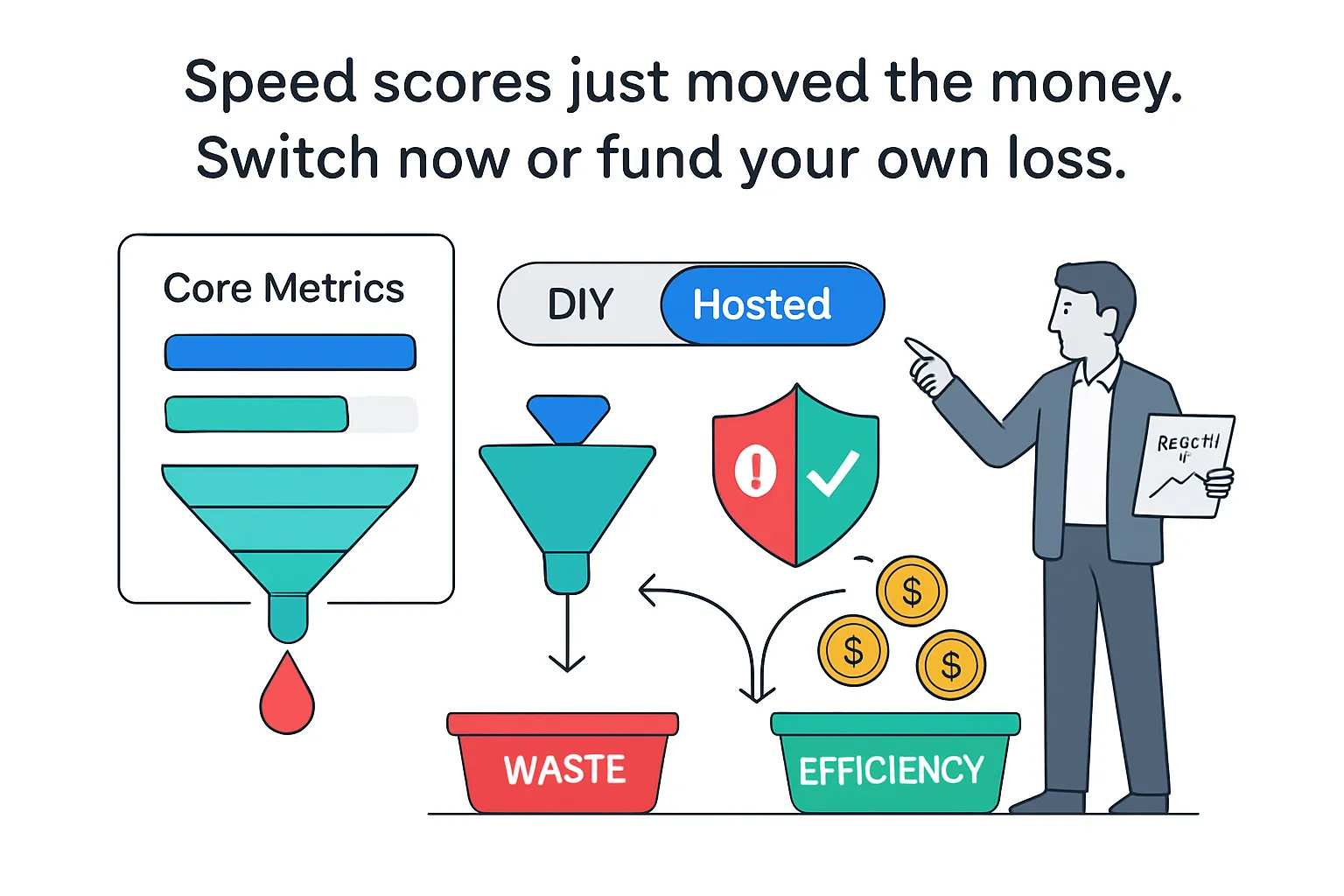
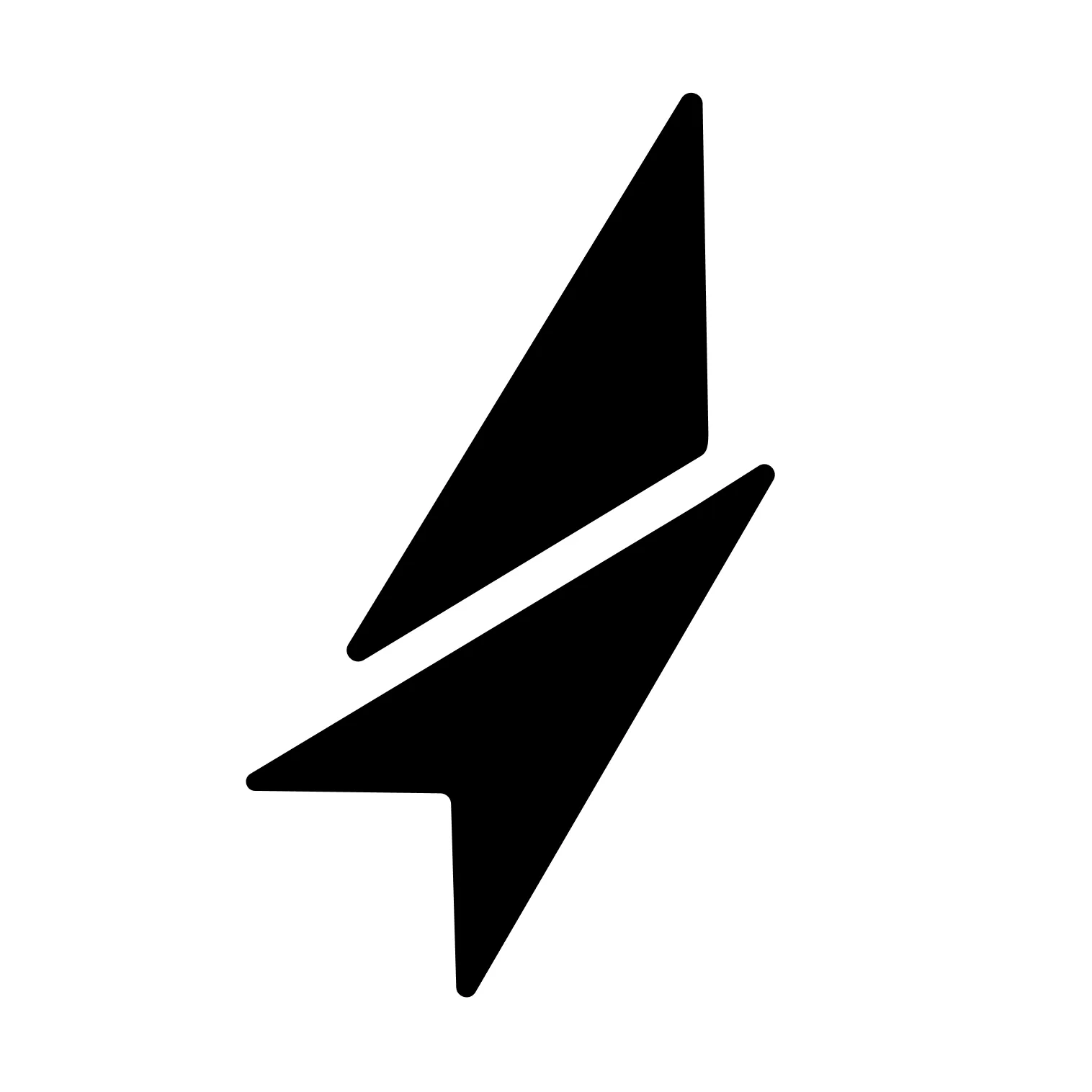

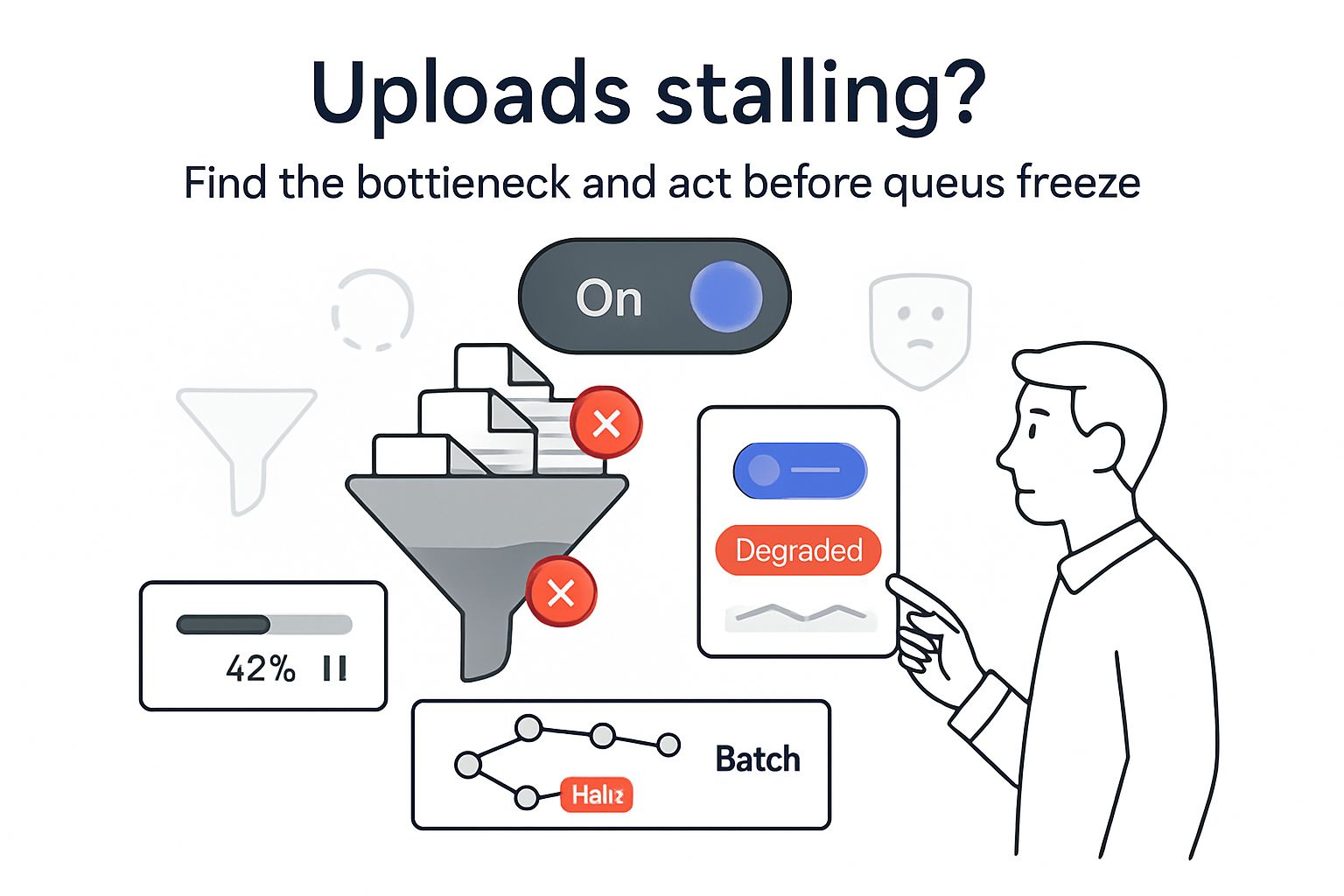
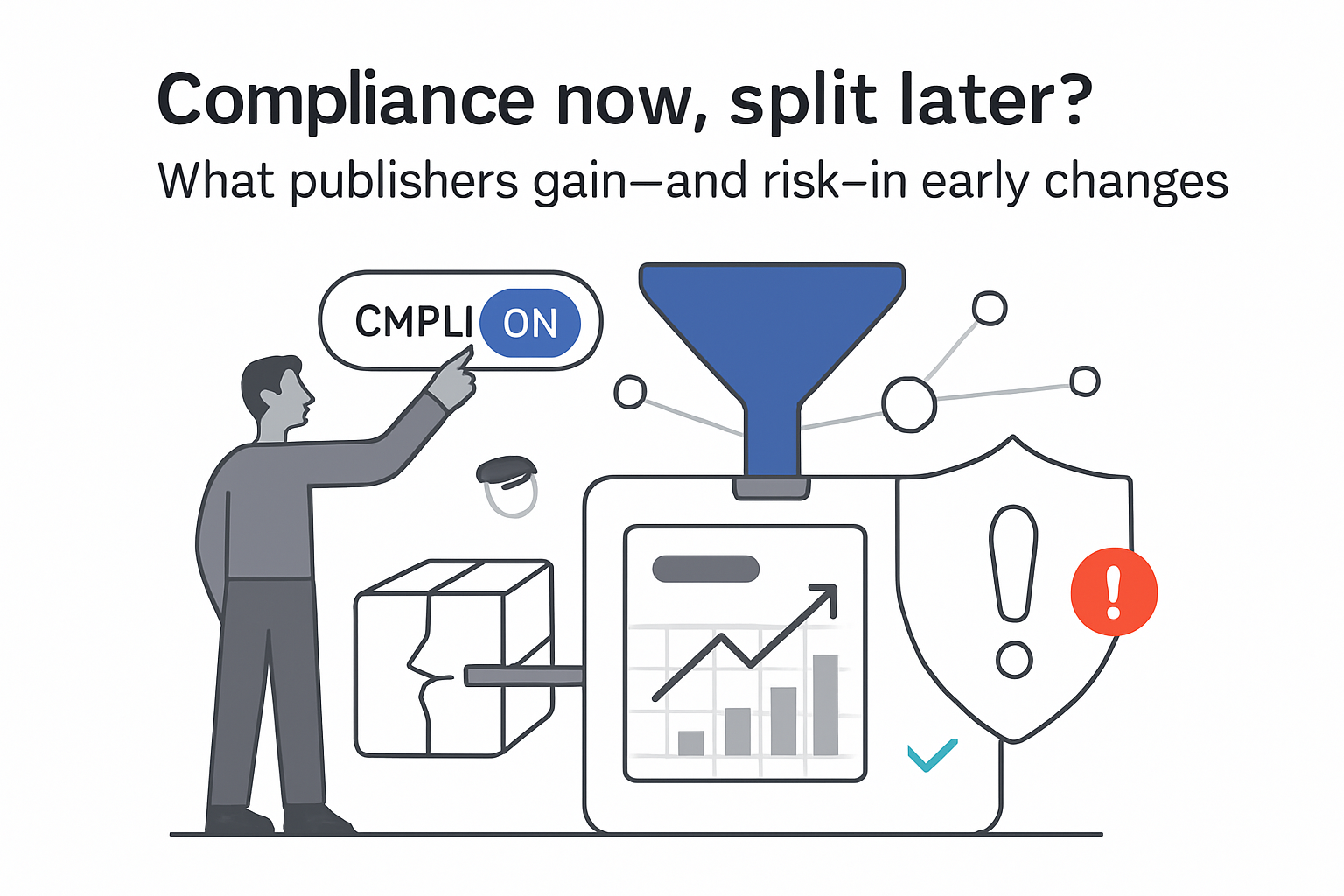
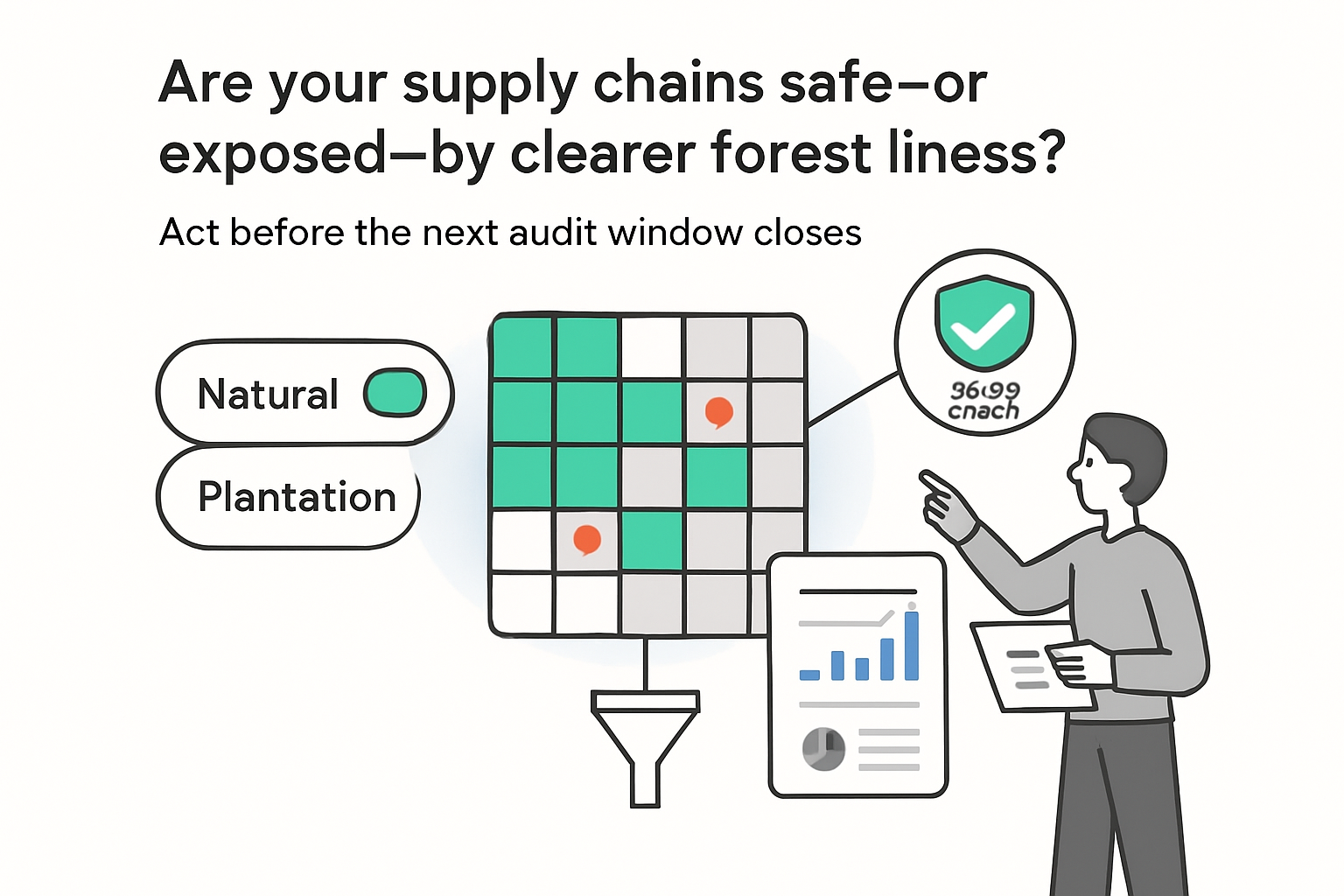
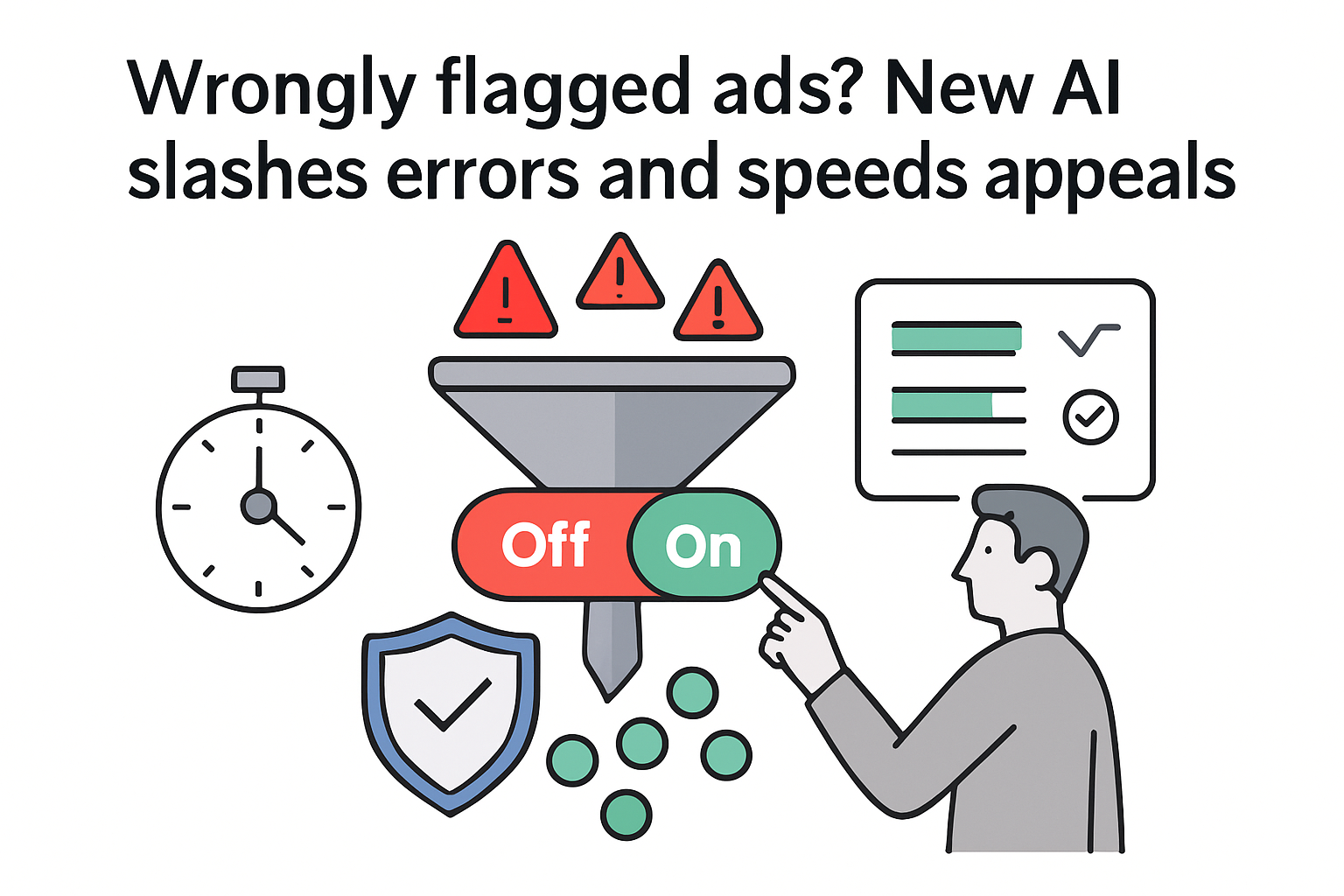
.svg)